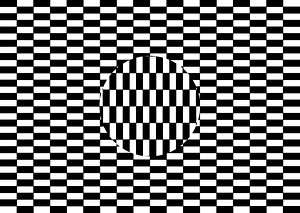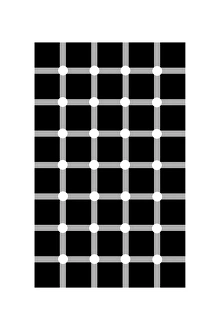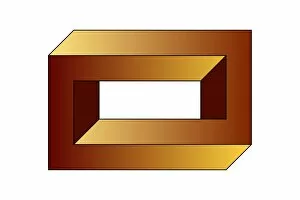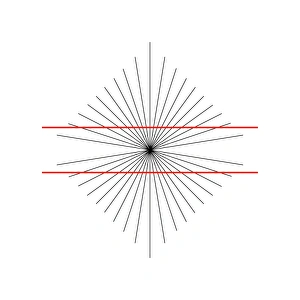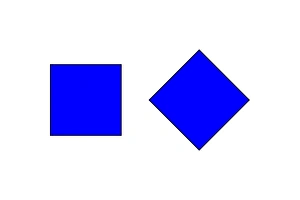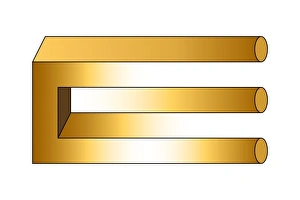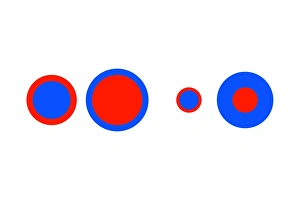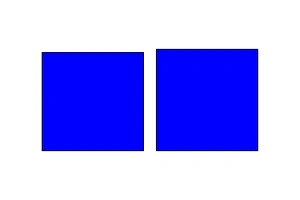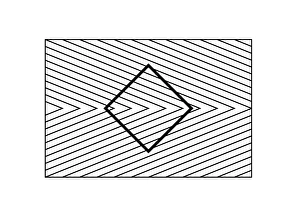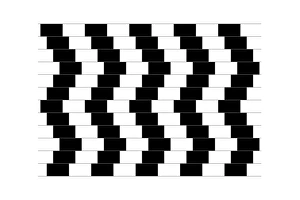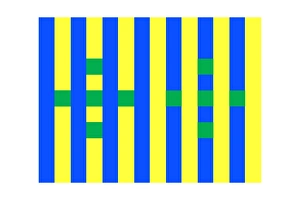Illusory Collection
Step into the world of illusions, where reality bends and perception is challenged
All Professionally Made to Order for Quick Shipping
Step into the world of illusions, where reality bends and perception is challenged. From the mesmerizing Hollow-face illusion artwork to the mind-boggling Penrose stairs, prepare to have your senses deceived. Intricate designs play tricks on our minds as we gaze upon the Hollow-face illusion artwork. What appears concave is actually convex, leaving us questioning what we see before us. The Goblet illusion captivates with its clever manipulation of depth and perspective. Is it a goblet or two faces? The answer lies in how our brains interpret this captivating optical puzzle. Venture further into the realm of impossibilities with the Penrose stairs artwork. Ascending endlessly yet never reaching a destination, these perplexing steps challenge our understanding of space and logic. The Ouchi illusion takes shape as lines intertwine and colors blend seamlessly, creating an ever-shifting image that dances before our eyes. It's like witnessing magic unfold right in front of us. Feast your eyes on the Impossible triangle artwork - a paradoxical masterpiece that defies geometry itself. Its three sides seem connected but are forever disconnected, leaving us marveling at its enigmatic nature. Once again, we encounter the mystifying Penrose stairs in another piece of artistry. Our minds struggle to comprehend their existence as they twist and turn without end - an eternal loop that confounds even the most astute observer. Enter Wundt's domain where parallel lines appear to converge against all reason; an optical trickery that challenges our innate sense of perspective and distance. Ponzo's illusion plays with scale and context - two identical objects appearing different due to their surroundings. Our brain falls victim to this visual deception time after time, revealing just how easily fooled we can be. And here it comes again – Ponzo's illusion returns for another round. This time showcasing its ability to manipulate size perception through converging lines; reminding us not everything is as it seems.

